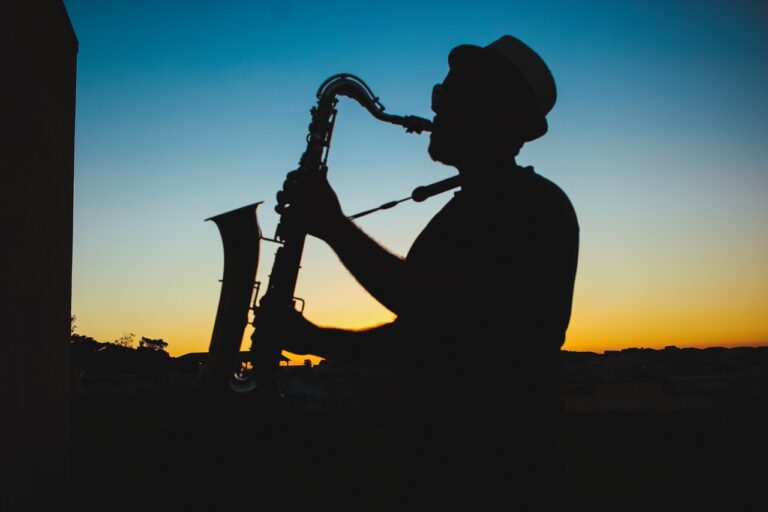Think of some classic action sequences — Chances are you can immediately call to the mind the suspenseful action music that underpinned these scenes. You will be most lastly to hum the “Mission: Impossible” theme and may have even downloaded the haunting percussive “Gladiator” score by Hans Zimmer and Lisa Gerard.
But there are several other fascinating samples of how epic action music will change the impact of action sequences and different big visual moments — and even little ones! Let’s explore a number of the numerous cool ways epic-feeling music can change your video.
1. Adding Scope and Anticipation
Most action and adventure movies involve several scenes of, well, not action or adventure. These scenes are necessary to give breaks between the set pieces, to create suspense, and to increase our affection for the characters. It lets us know that there’s additional massive stuff coming, to stay glued in our seats, and to not stop paying attention.
To have the same instrumentation, epic action music doesn’t always have to be complled Jerry Goldsmith is famous for incorporating synths into his scores for films like “The Mummy,” Decay by the Sound Room makes cool use of synths to paint a hard dubstep sonic picture that would add epic tension to any number of scenarios.
2. Adding a Sense of Dissonance and Contrast
A sense of anticipation and pace, for what are typically short and rapidly more suspenseful plots. Several additional layers of meaning and allusion to serious works parodied with wit and playfulness.
Interestingly, through Looney Tunes, many young viewers were introduced to classical music. Thus even when there’s irreverent use of opera and classical epic music, it still has the impact the composers desired of providing a sense of high emotion. “Curb Your Enthusiasm” is a current TV comedy geared toward an adult audience.
3. Adding Tension to “Normal” Scenes
A similar however slightly different tonal use can be when directors use epic action music to show the excitement of ordinary life. Steven Spielberg’s films often use music just as soaring because the scores in his fighting scenes to underscore that everyday life can be just as high stakes as action sequences. It creates a association between the more overtly thrilling components of a character’s life and their domestic moments.
Spy movies are often adapt at using epic action music in scenes exploring their characters’ inner and domestic lives. It brings home the concept that betrayal may happen at any moment. Examples include Tomas Alfredson’s film version of “Tinker, Tailor, Soldier, Spy,” in which characters are never far from their work problems and during which the personal and professional are completely enmeshed with each other.
4. Enriching Character
The music can spare, but it’s still a stunning score: epic action music, even when pared down, tends to be stunning. It underscores a way of emotion and feeling that the best action heroes possess. We have tendency want to see epic action onscreen, but we also want to feel something or, better yet, a multitude of conflicting feelings that put us in our protagonist’s shoes. Fragile by Rick Pfenninger incorporates a haunting female solo and makes you feel like you’re on the battlefield surveying the aftermath of a massacre.
5. Grounding Comedy in Reality
Epic action music can be used to sell the reality of a situation. The sense of counterpoint it provides is more thoroughly engaging and enriches comedy. If you’re working on a project that involves comedy or humor, consider epic action music to help give it depth and improve the impact of the comedy. Dark Matter by Robert Anthony Guerrier could put you in a space epic or an action-comedy kind of mood.
Of course, epic action music will still be utilised in a classic way — flying over drone footage of waterfalls, zooming over spectacular landscapes, or scaling snowcapped peaks, as in “Cliffhanger,” that incorporates a easy but fantastic score.

